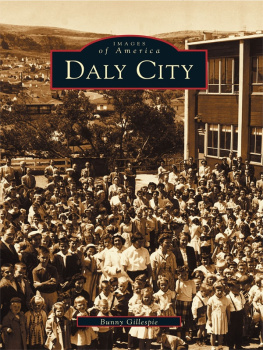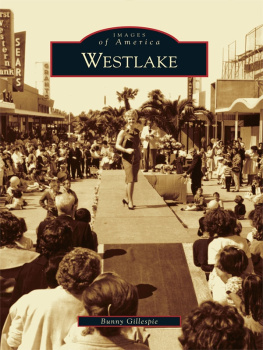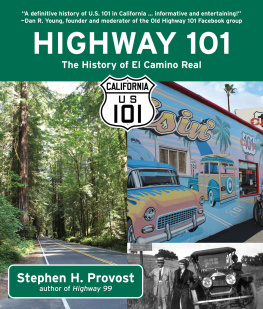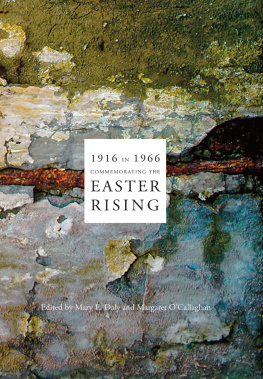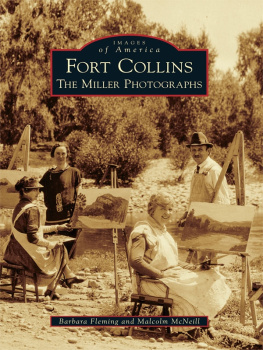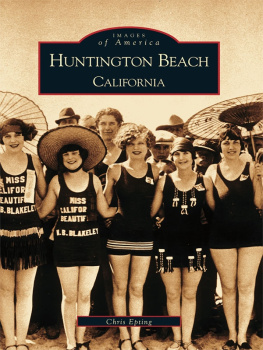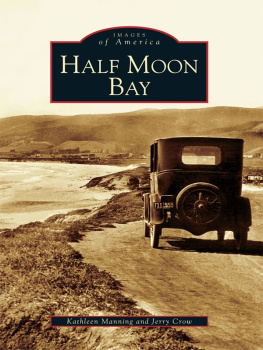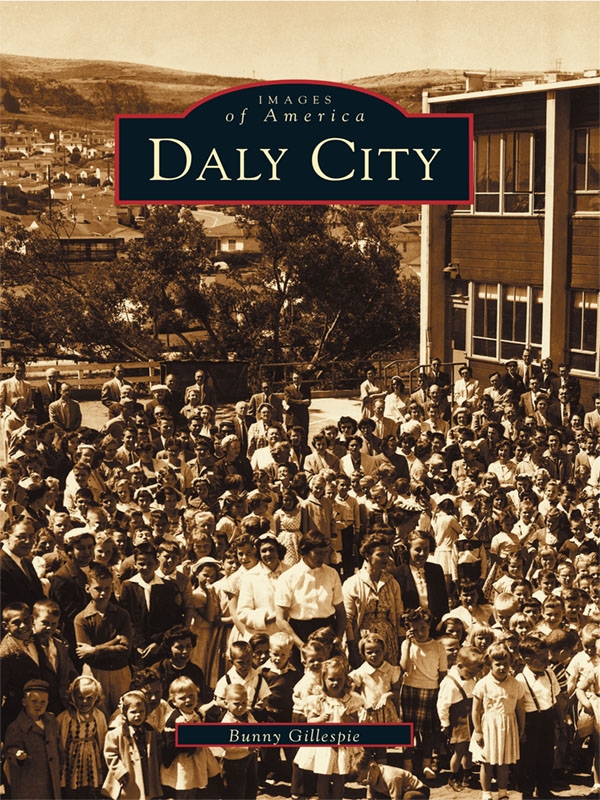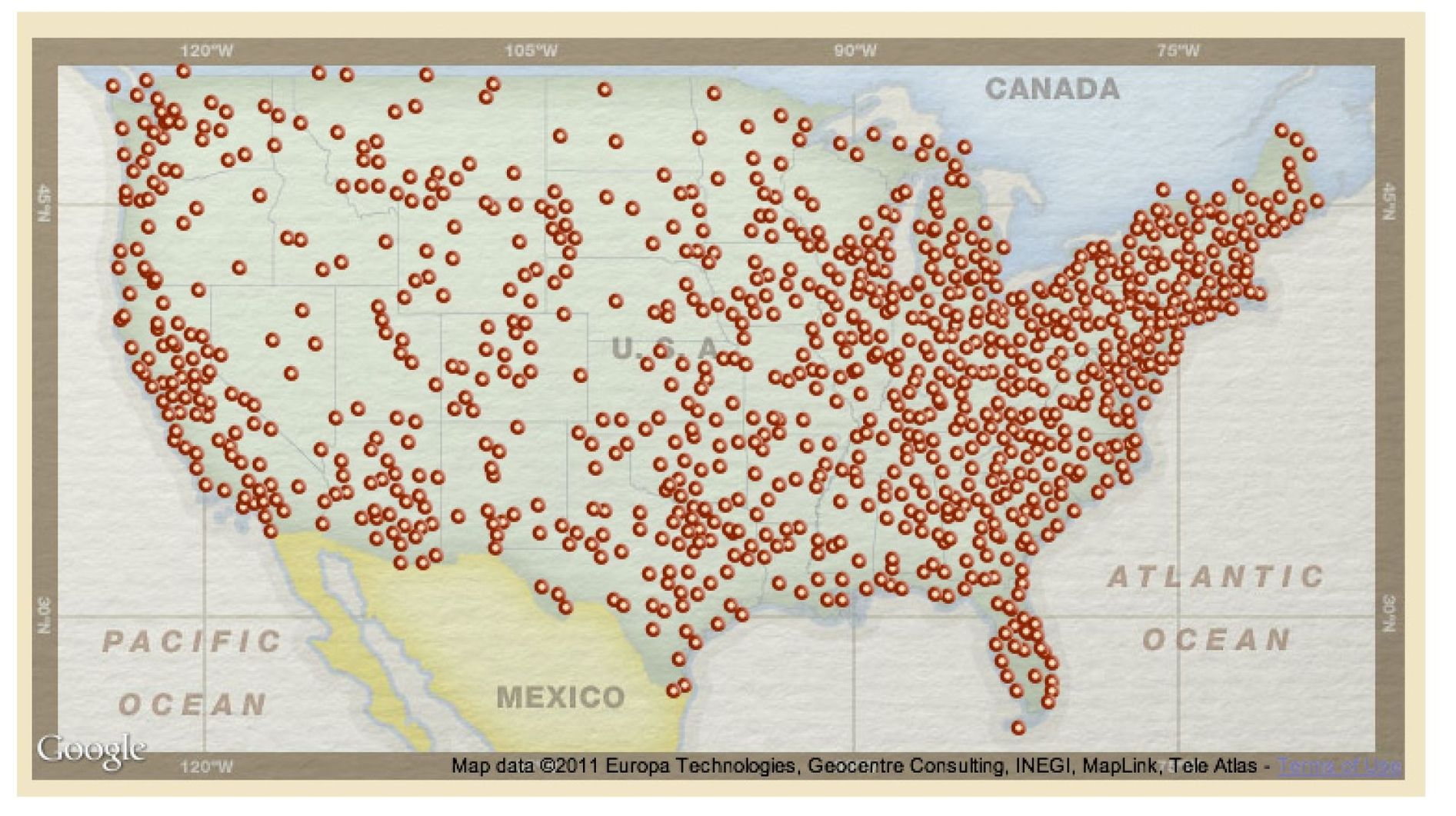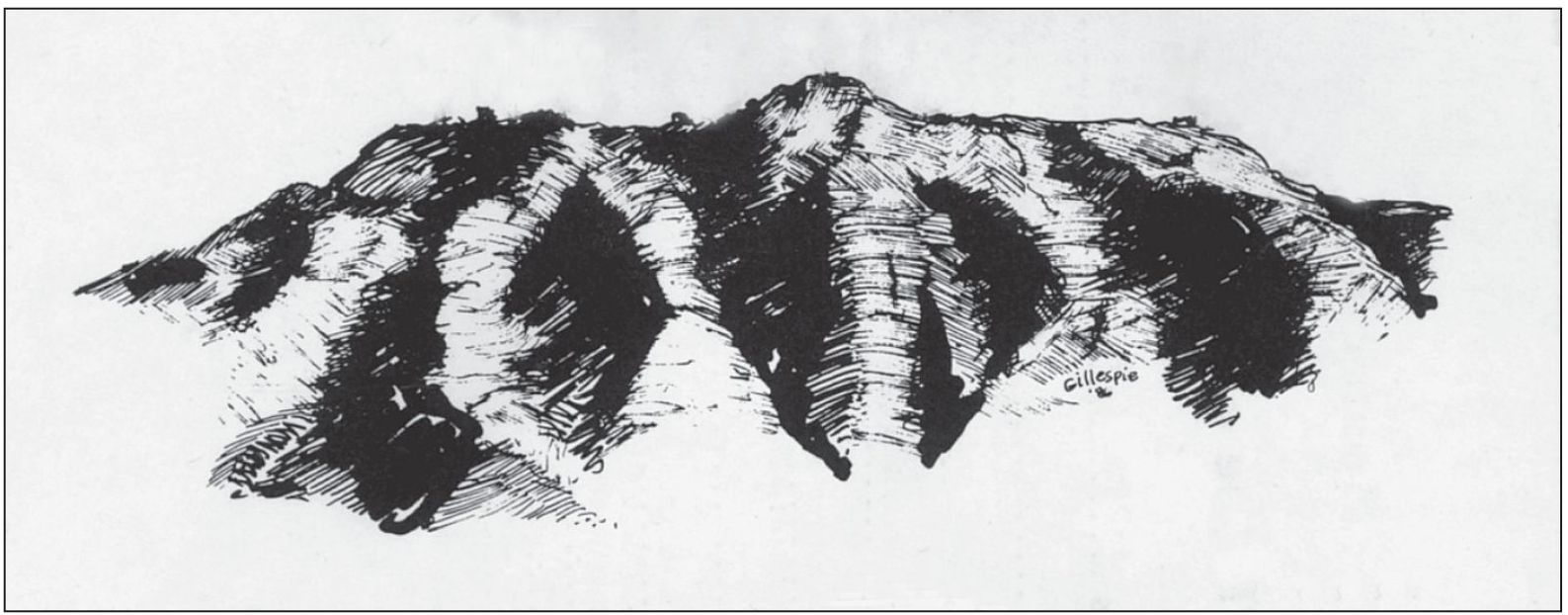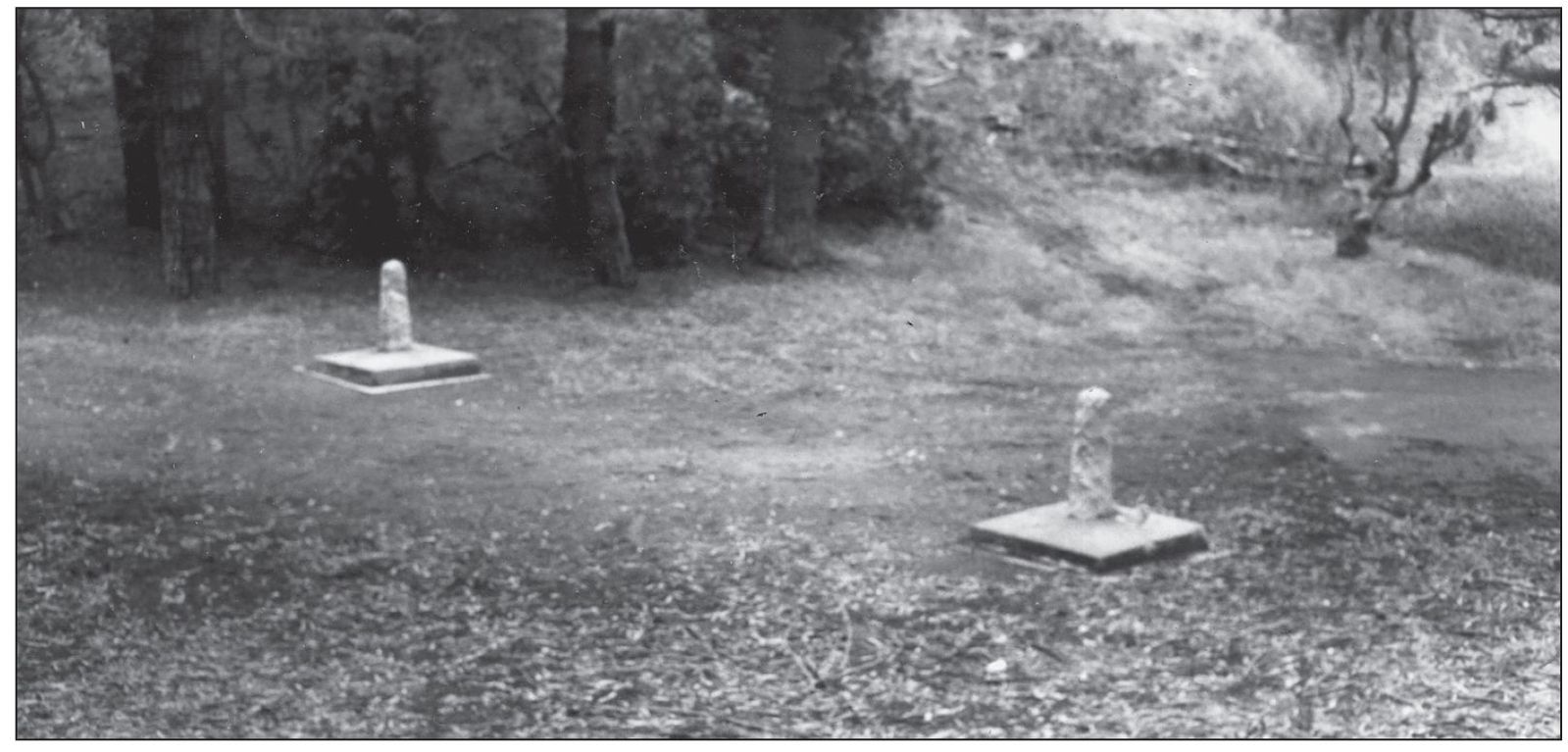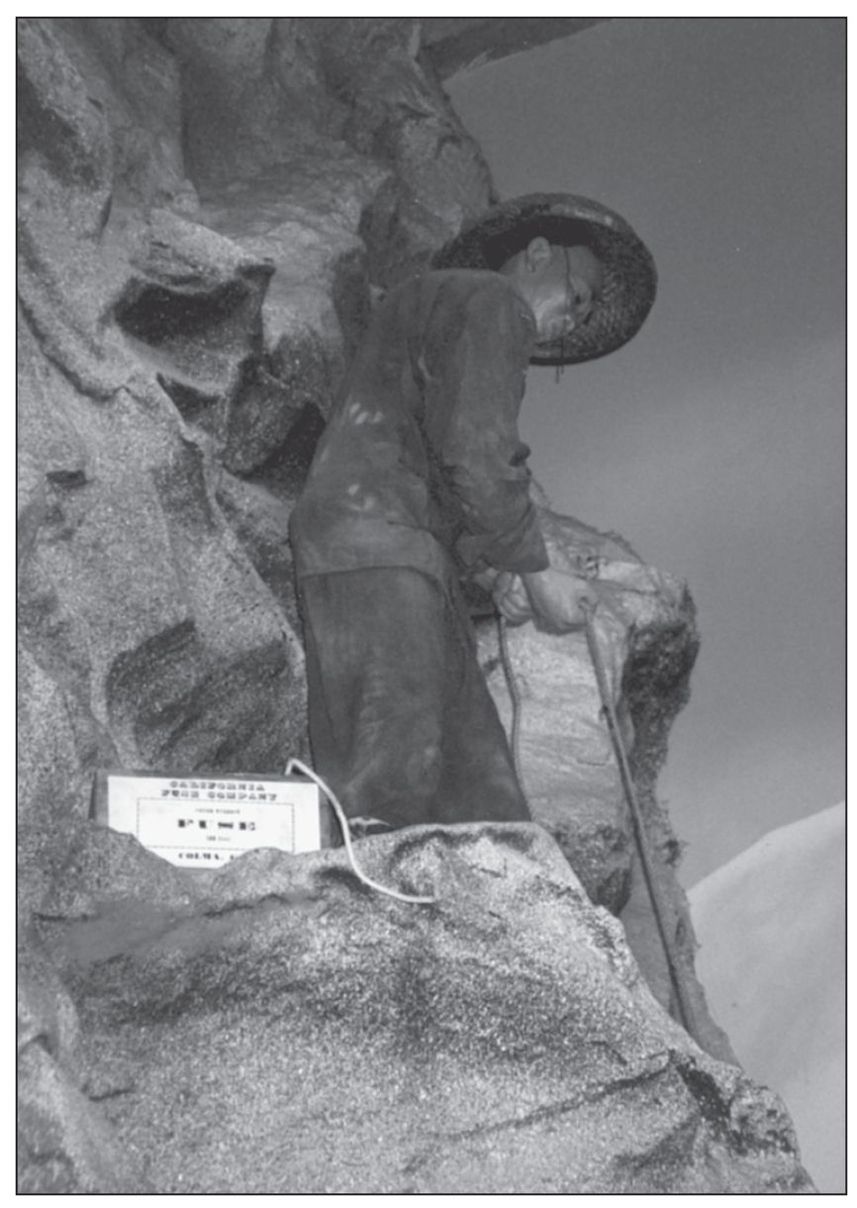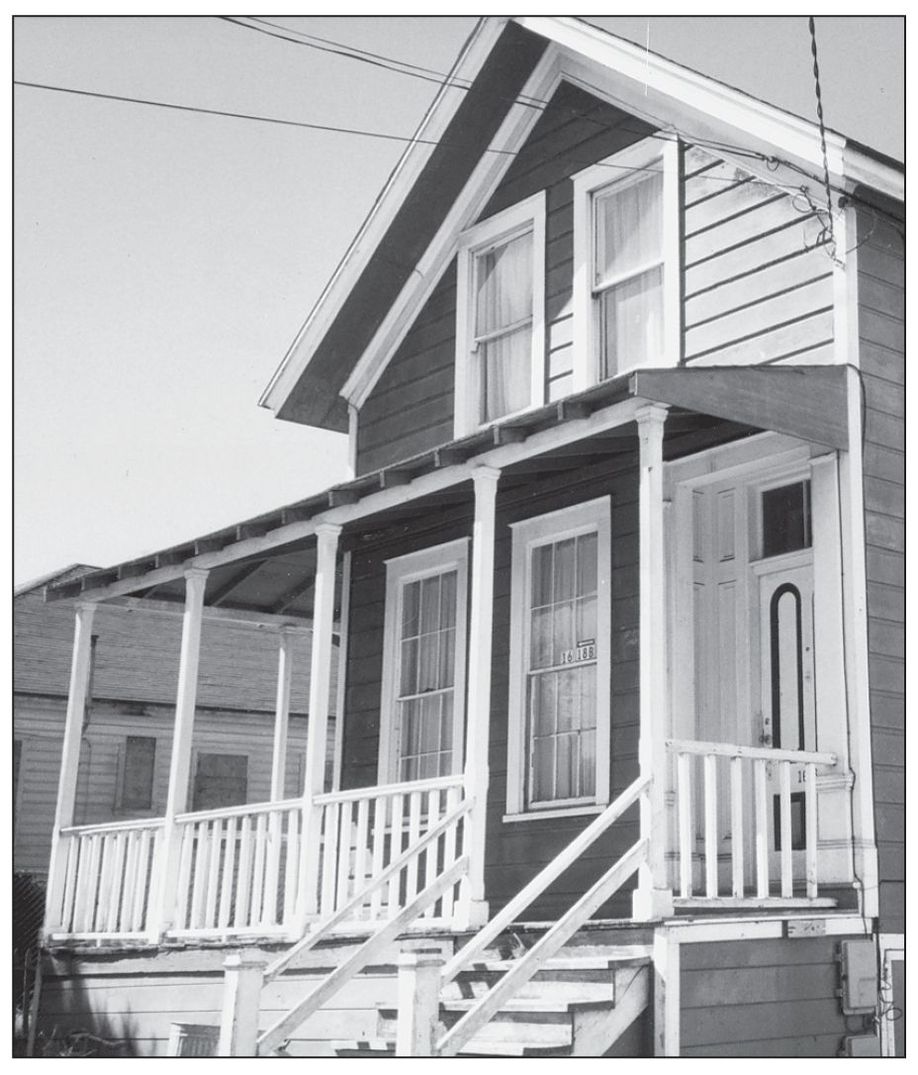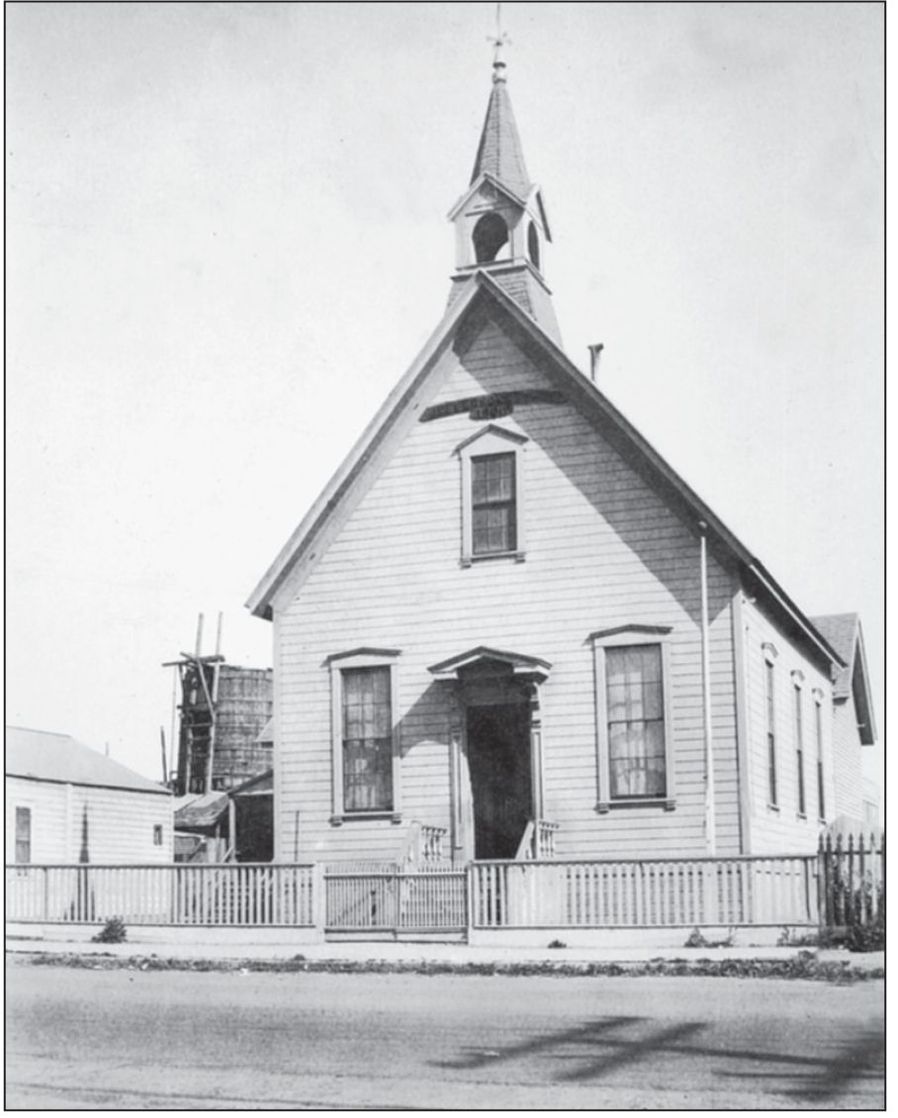ACKNOWLEDGMENTS
This book could not have been completed without patient encouragement, prodding, meticulous research, and countless contributions by our dear darling spouse of over half a century, Ken Gillespie, whose cheerful demeanor is our constant bulwark and inspiration.
Prior to 1911, all of northern San Mateo County was known as Colma. The origin of that name is moot. Some say it was from a youngster passing through aboard a train. Supposedly he/ she poked his/her head out of the cozy conveyance and said to an accompanying parent, Gee, its cold, ma! Others assume that Colma is a corruption of the name of the gold mining area of Coloma. Either story is smilingly acceptable. Acknowledgment of historic Colma is imperative.
This book of images spans development of the Daly City area. While every photo might not be the most definitive, we have tried to share some visual remembrances of years and people.
Especially acknowledged is John Donald Daly, the rancher for whom Daly City was named. We thank Mr. Daly, and all the other pioneers that helped to bring the quality of life enjoyed today in Daly City.
With special affection, we acknowledge the saving ways of Lillian D. Fletcher, who was a first-class pack rat when it came to things historical. Many of the photos in this book are from her private collection, bequeathed to us, (the Gillespie collection). We dedicate this book to her.
Next we acknowledge historical materials gathered by former Daly City librarian Sam Chandler in prelude to creation of his 1973 book Gateway to the Peninsula . His research photos became the nucleus of the Daly City/Colma History Guild (DC/C HG) collection.
Gratefully, we acknowledge people who have donated vintage photos and information from family scrapbooks, shoeboxes, files, lock boxes, and so forth to the history guild for display and research under the purview of the guild and its volunteer historians.
We also thank dear friends, some designated in photo captions, that have given the author family photos, documents, certificates, letters, and other items of historical and nostalgic value to supplement our role as historian for the City of Daly City (by action of the city council on September 23, 1987). Ours is a process of continuing education, which is truly a labor of love and enjoyment.
If we have failed to give credit where credit is due, we apologize. If you are in possession of photos that would have, could have, or should have been included in this book, we would appreciate hearing from you. We are always looking towards publication of our next book. Thank you for your consideration and interest in preserving the history of the area.
Find more books like this at
www.imagesofamerica.com
Search for your hometown history, your old
stomping grounds, and even your favorite sports team.
One
IN THE BEGINNING
BEFORE 1910
While considering real estate in Daly City, a prospective buyer specified, The house must have a view of The Mountain, preferably in the morning. An erstwhile realtor naively queried, What mountain?
Generations of Daly City residents have lived in the shadow of the mountain that commands the scene around, as local lyricist Ken Gillespie wrote in 1962. The most prominent natural landmark of north San Mateo County, San Bruno Mountain rises to a height of 1,314 feet, is over seven miles long, and is never shy about displaying its year-round grandeur. It was a landmark for centuries before its summit was pierced with a series of electronic beacons and communications enhancers, and long before garlands of residences were strewn along its slopes.
In the mountains shadow many small real estate developments began to dot its base in the late 1800s. The developments were known as Vista Grande, Sand Hills, Crocker Estates, School House Station, the $75 Homestead, Dalys Hill, and Colma. The name most encompassing for the northern part of San Mateo County, however, was Colma.
THE MOUNTAIN BECKONS. For as long as history records, San Bruno Mountain has been the dominant landmark for the area now known as Daly City and Colma. Bruno Hecata, a member of Gaspar de Portolas 1769 scouting party, achieved his first sighting of San Francisco Bay from its slopes, and named it after his patron saint. Indian paths had been etched into the terrain over countless years. The mountain today indicates home to people who enjoy its beauty and find comfort in its constancy. (Courtesy of Gillespie collection, art by Ken Gillespie.)
PYLONS MARK THE SPOTS. Placed many years later are these twin historical reminders of the September 13, 1859, duel of honor fought in a wooded field that eventually would become part of Daly City. The event pitted United States Senator David Broderick against David Terry, former chief justice of the Supreme Court of California. Both fired at the count of three. Brodericks gun misfired. Terrys bullet entered Brodericks chest, and the senator died three days later. The shots are considered by many to be the first fired in anger over slavery issues predating the Civil War. The markers were placed by Native Sons of the Golden West in 1917. Broderick-Terry Duel Site Park, near the intersection of El Portal and Cliffside Drive, may be visited daily. (Courtesy of Gillespie collection.)
EXPLOSIVES FROM COLMA. Fuses from the California Fuse Company of Colma and blasting materials from the California Powder Works of Colma were used for rock blasting during the construction of railroad passages through the Sierra Nevada mountains in the 1860s. (Courtesy of DC/C HG, donated by Russell Brabec.)
RELIC OF THE PAST. Robert Sheldon Thornton, the first person to settle on property in what would become Daly City, arrived in 1853 and had this house constructed in 1866. In its day, the two-story building was considered a mansion, complete with an ornate marble fireplace. In 1948, it was moved from its original site to accommodate building of a portion of a highway. Shortly after this photo was taken, the relic was destroyed to allow development of an automobile rehabilitation business on the site. Previously, the historic Thornton House was used as a multiple-family rental property. This 1997 photo only hints at the elegance of what was once the residence of the Thornton family and the seat of Robert Thorntons various business enterprises in the north county. (Courtesy of Gillespie collection.)

